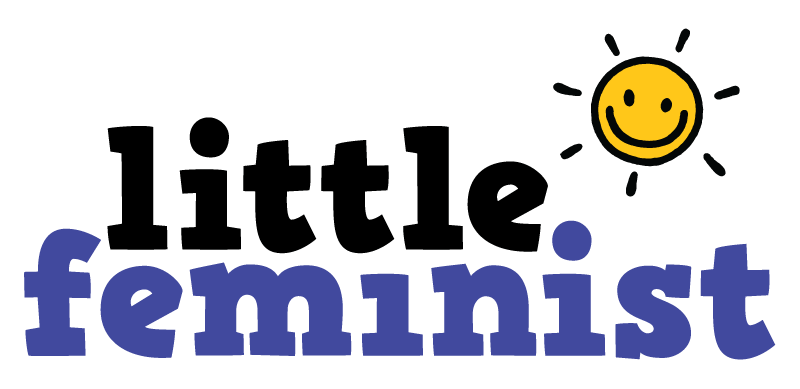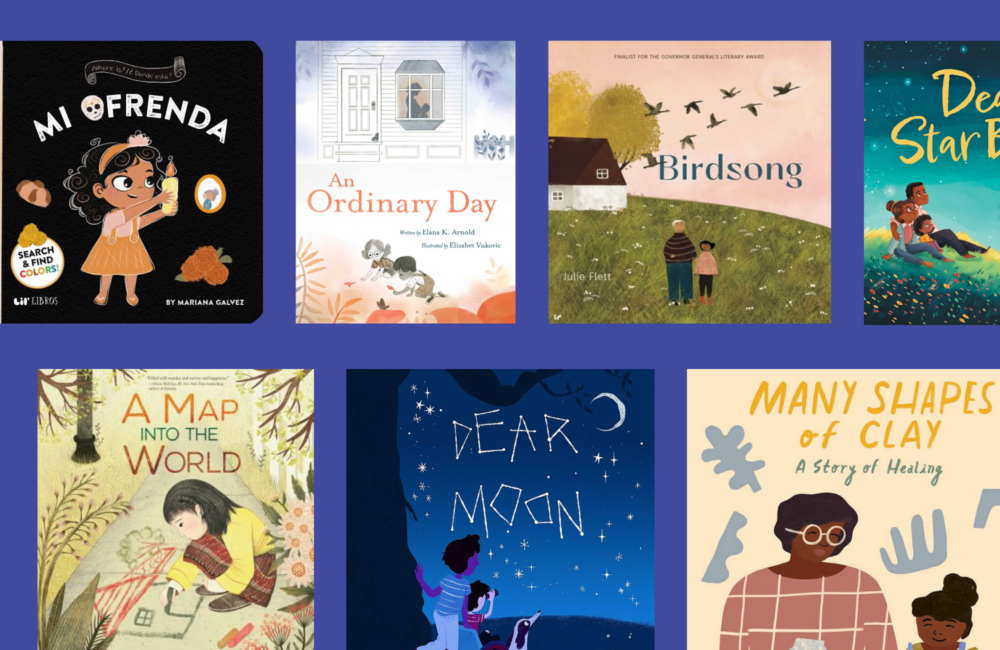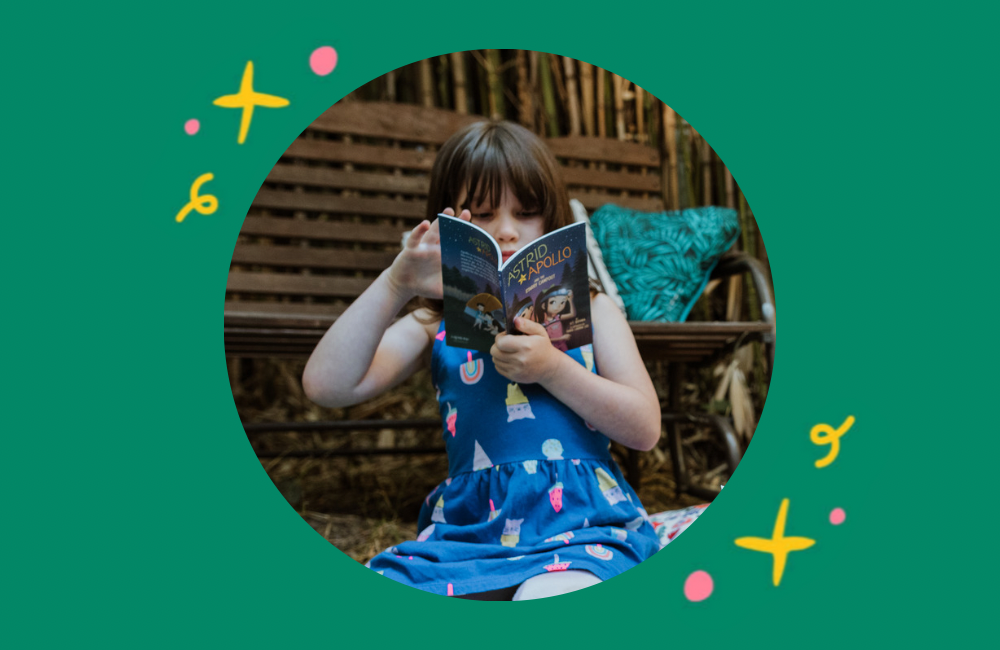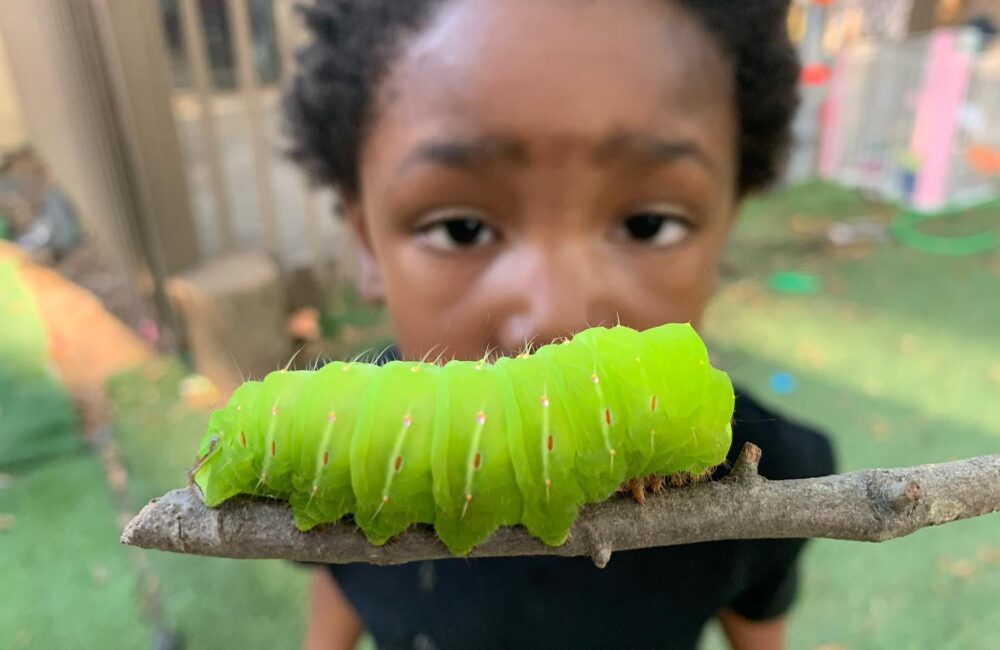Looking for conscious and diverse books for your toddler? There’s something for all ages in our Little Feminist roster of recommendations. These stories cover topics like body positivity, disabilities, and gender roles in an easy-to-understand manner accessible to our youngest activists.

Do Like Kyla
- By Angela Johnson
- Illustrations by James E. Ransome
- Published in 1990
- For readers 2-5
This is a sweet story of two sisters and the way they care for each other as they read books, walk to the store, and eat oatmeal. Follow along with the two of them as they enjoy the simple pleasures of life, and get to share in the younger sister’s love of imitating her older sibling, Kyla.
What we love: This is a simple story of a loving and caring sibling relationship in a black family. We also tend to see fewer children’s books showcasing strong father figures, especially black father figures, so we love Kyla’s dad in this book!
Things to know: One review mentioned that they thought the book was filled with bad grammar, but this is not the case. In fact, this book is written conversationally– which does not make it wrong, only different.

William’s Doll
- By Charlotte Zolotow
- Illustrations by William Pène du Bois
- Published in 1972
- For readers ages 2-5
William wants a doll, but he’s a boy. Boys aren’t supposed to play with dolls… or are they?
What we love: William likes playing basketball and he likes playing with his train set; he also happens to like playing with dolls. In the end, William is allowed to like it all. Given that this book was written over 30 years ago, we love it as an introduction to the spectrum of gender as just that– a spectrum.
Things to know: The book ends by framing William’s desire to play with a doll as a fatherly instinct. This is double edged because rather than simply wanting a doll the way some little girls want a doll, William has to have a reason that fits into the more normative gender roles. At the same time, motherly instinct is often assigned to little girls who want to play with dolls, so this could also be seen as a good message, meaning that fatherly and motherly roles are, essentially, equal.

Mama Zooms
- Written and illustrated by Jane Cowen-Fletcher
- Published in 1993
- For readers ages 2-4
As a little boy and his mother ride her “zooming machine”, the adventures get more and more exciting! First, she is a racehorse, next she’s a car, and then she becomes an airplane. At the end of the day when she’s no longer zooming, she’s just his loving mama, which is, of course, the best thing of all.
What we love: Mama Zooms features a mom who uses a wheelchair and makes doing so both fun and imaginative. While this book is about a mother with a physical disability, the focus is on imaginative play between mother and son, and her chair becomes an asset, not a hindrance.
Things to know: This is actually one of Jane Cowen-Fletcher’s first books, and is based on her sister Paula’s life experiences.

I Like Myself
- By Karen Beaumont
- Illustrations by David Catrow
- Published in 2004
- For readers ages 3-6
In this energetic and goofy story, a little girl’s self love teaches readers to do the same for themselves, whether they have horns on their noses or purple polka dotted lips!
What we love: This is an ode to self-confidence, and while it may have some issues (as you’ll read below) it certainly tries valiantly to show readers how to like themselves, too.
Things to know: Asia, the writer behind the blog called Books for Littles, says that she, mostly liked this story “despite its many problems (the makers are ignorant of both race and weight stereotypes). However, the idea that she likes herself ‘even if‘ she’s fat implies that weight correlates with worth, and that’s an insidious message our kids can do without.”

Olivia
- Written and Illustrated by Ian Falconer
- Published in 2000
- For readers ages 3-6
Olivia’s high energy tires everyone out– even Olivia herself! Follow along with her exuberant antics as she builds sand castles, tries on all her clothes, and goes to the art museum. What will she get into next?
What we love: Olivia’s vibrancy and high energy shine throughout the pages of this book.
Things to know: Okay we gotta say it – Olivia has white, upper-middle class mannerisms and characteristics. While not necessarily a bad thing, this is something to be aware of.

Emma’s Rug
- Written and Illustrated by Allen Say
- Published in 1996
- For readers ages 3-7
When Emma looks into her rug, it shows her things that only she can see. When she features what she sees in her artwork, she receives recognition in class. But one day her rug is gone! Where will she find her inspiration now?
What we love: Emma is Asian-American, but Emma’s story is not concerned with her race– it isn’t about her ethnic background at all. We appreciate seeing a depiction of this child who is concerned with something other than her ancestry or cultural traditions. A Goodreads reviewer mentioned that they thought that Emma was likely on the autism spectrum. While it would be really cool if the author, Allen Say, intended to depict someone with autism, particularly a person of color, he never explicitly claims that this is the case.
Things to know: There are multiple messages that could be gleaned from this story, since it is left somewhat open ended. While this ambiguity can be a strength, you may have to do do some extra explaining to satisfy inquisitive young minds!
Want more? Sign up for the Little Feminist Book Club. We send new favorites to our members every month!
*All photos from Amazon.






 in Oakland, CA
in Oakland, CA